News
Belt Conveyor
Release time:
Nov 05,2024
Our company mainly produces general-purpose belt conveyors such as TD75, DTII, DTII(A), and ZY15, which are widely used in various industries, including metallurgy, mining, coal, ports, power plants, construction materials, chemicals, light industry, and petroleum. We can also design various types of general-purpose belt conveyors according to the specific needs of our customers.
The mining belt conveyor is a mechanical device used to transport materials from one location to another, especially suitable for the mining, coal, and construction industries. Below is a detailed introduction to the mining belt conveyor, including its structure, working principle, types, applications, and maintenance.
1. Structure
The mining belt conveyor mainly consists of the following parts:
Conveyor Belt: Made of rubber, polyester, nylon, and other materials, it has high wear resistance, tear resistance, and tensile strength. The width and thickness of the conveyor belt can be customized based on the material properties and transport requirements.
Drive Device: Usually includes a motor, reducer, and transmission device. The motor provides power, and the reducer converts high-speed rotation into low-speed, high-torque output.
Rollers: These include drive rollers and non-drive rollers; the drive roller is driven by the motor, while the non-drive roller helps maintain tension in the conveyor belt.
Tensioning Device: Used to adjust the tension of the conveyor belt, ensuring stable operation. Common tensioning devices include weight, hydraulic, and mechanical types.
Support Frame: Supports the overall structure of the conveyor, typically made of steel. The design of the support frame needs to consider the operating environment and load.
Loading and Unloading Devices: Includes hoppers, chutes, and unloading devices, used for loading and unloading materials.
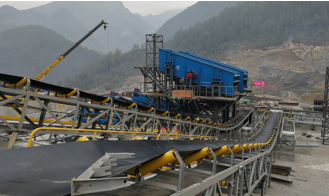
2. Working Principle
The working principle of the mining belt conveyor is relatively simple and is implemented through the following steps:
- Material Loading: Materials enter the conveyor belt through a loading device (such as a hopper).
- Conveyor Belt Movement: The motor drives the roller to rotate, moving the conveyor belt.
- Material Transportation: As the conveyor belt moves, materials are transported along it to the target location.
- Material Unloading: At the unloading point, materials are discharged through the unloading device, completing the transportation process.
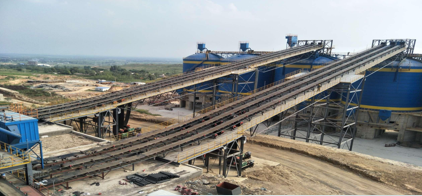
3. Types
Mining belt conveyors can be classified into several types based on their structure and purpose:
- Horizontal Belt Conveyor: Suitable for horizontal or slightly inclined material transportation.
- Inclined Belt Conveyor: Used for transporting materials at larger slopes, typically for different heights in mining.
- Mobile Belt Conveyor: Can be repositioned as needed, suitable for temporary operations.
- Accelerated Belt Conveyor: Used for rapid material transport, enhancing operational efficiency.
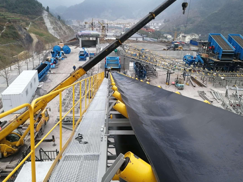
4. Applications
Mining belt conveyors are widely used in:
- Transportation of bulk materials like ore, coal, and gravel.
- Material handling at construction sites.
- Material transportation in industries such as chemicals, metallurgy, and food.
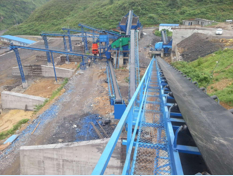
5. Advantages
- Efficiency: Can continuously and stably transport large quantities of materials, improving production efficiency.
- Flexibility: Can adjust the transportation route and height according to site conditions.
- Cost-Effectiveness: Lower maintenance costs and long service life make it an economical and practical choice.
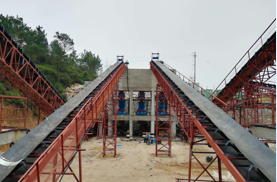
6. Maintenance
Regular maintenance is crucial for ensuring the normal operation of mining belt conveyors, including:
- Conveyor Belt Inspection: Regularly check for wear and damage to the conveyor belt, and replace it as needed.
- Drive Device Maintenance: Check the operational status of the motor and reducer, and ensure proper lubrication.
- Tensioning Device Adjustment: Ensure the tensioning device is functioning correctly, maintaining appropriate belt tension.
- Cleaning: Keep the conveyor belt and surrounding environment clean to prevent material buildup that could affect normal operation.
Nov 12,2024
Nov 05,2024
Oct 29,2024
Oct 23,2024

